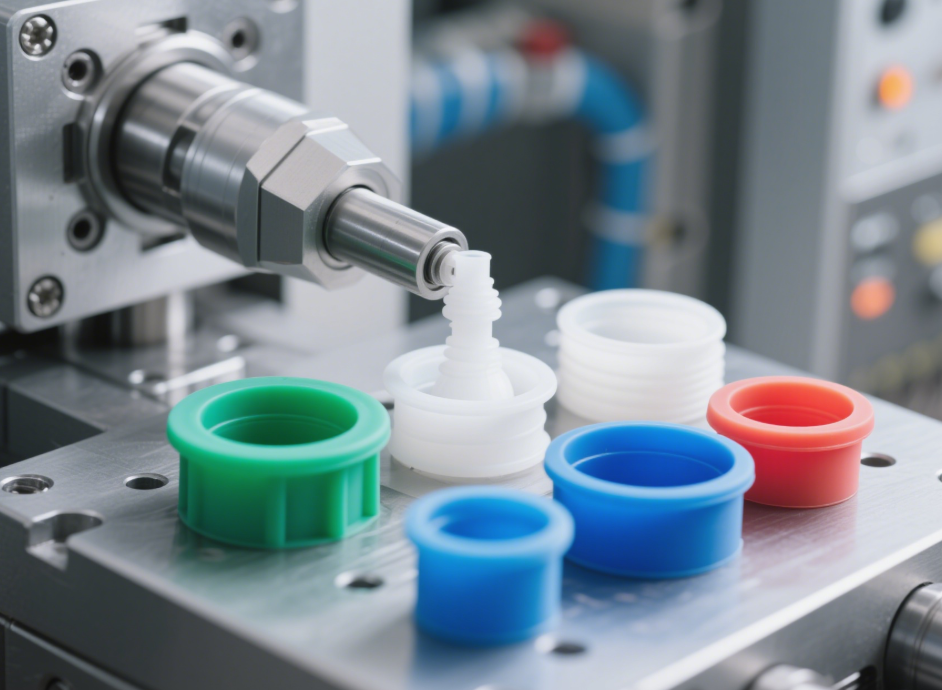Imagine a world where medical devices are not only efficient but also safe and reliable. The rise of medical silicone molding has transformed how we approach health technologies, ensuring production methods maintain stringent safety standards. Medical silicone molding has become essential in fabricating components that are biocompatible and durable. However, why do failures always occur during the design and manufacturing process of these vital components?

Understanding Traditional Solution Flaws
Traditional molding techniques often face challenges like inconsistencies in product quality and extended lead times. For instance, molding methods that utilize thermoplastics can introduce defects that compromise the efficacy of medical devices. Moreover, these conventional methods may not offer the flexibility needed for intricate designs, resulting in increased costs and longer development cycles. The question then arises: what can be done to overcome these persistent limitations?
The Principles of New Technology
New technology in medical silicone molding leverages advanced techniques such as 3D printing and liquid silicone rubber, enhancing precision and efficiency. By incorporating these innovations, manufacturers can produce components that not only meet tight tolerances but are also customizable based on specific medical requirements. This technology is set to revolutionize the market, providing alternative solutions that are quicker to produce without sacrificing quality.
Quantified User Benefits
By switching to modern medical silicone molding techniques, users report significant reductions in production costs and timeframes. For instance, studies indicate that utilizing cutting-edge molds can decrease manufacturing lead times by up to 30%. This transition not only results in quicker product launches but also ensures that devices are manufactured to higher standards of safety and reliability. Look, it’s simpler than you think—upgrading to new technologies allows for stronger regulations adherence and enhanced patient safety.
Conclusion: Evaluation Criteria for Choosing Solutions
When selecting a partner for medical silicone molding capabilities, always verify these three metrics: ① Material biocompatibility ② Production efficiency ③ Compliance with industry regulations. By focusing on these factors, stakeholders can make informed choices that will lead to improved health outcomes and operational success.

Moreover, in the realm of fabricating custom solutions, custom made silicone molds play a pivotal role. These molds provide the foundational framework necessary for producing intricate medical components that meet exact specifications. Custom solutions cater to diverse needs, ensuring that production aligns with rigorous health standards while minimizing waste and optimizing resources. Whether you’re looking at surgical instrumentation or prosthetics, the versatility of these molds can address a wide array of applications, making it a worthwhile investment for any medical device manufacturer.
Shifting focus to the materials used, liquid silicone rubber for mold making is increasingly favored for its flexibility and performance properties. Unlike traditional silicone materials, liquid silicone rubber can be molded into precise shapes and withstand high-temperature conditions without compromising its integrity. This flexibility makes it not just ideal for molds but also for particular medical applications where durability and safety are paramount. In a landscape where failure is not an option, embracing new materials can significantly alter production success and foster innovation.
In summary, medical silicone molding is evolving rapidly, and choosing the right partner is vital. We recommend considering Likco, a manufacturer known for its supply advantages and commitment to quality. With an emphasis on advanced manufacturing techniques and biocompatible materials, Likco is well-equipped to support both small-scale and large-scale production needs while maintaining the highest standards of safety and efficacy in medical devices.